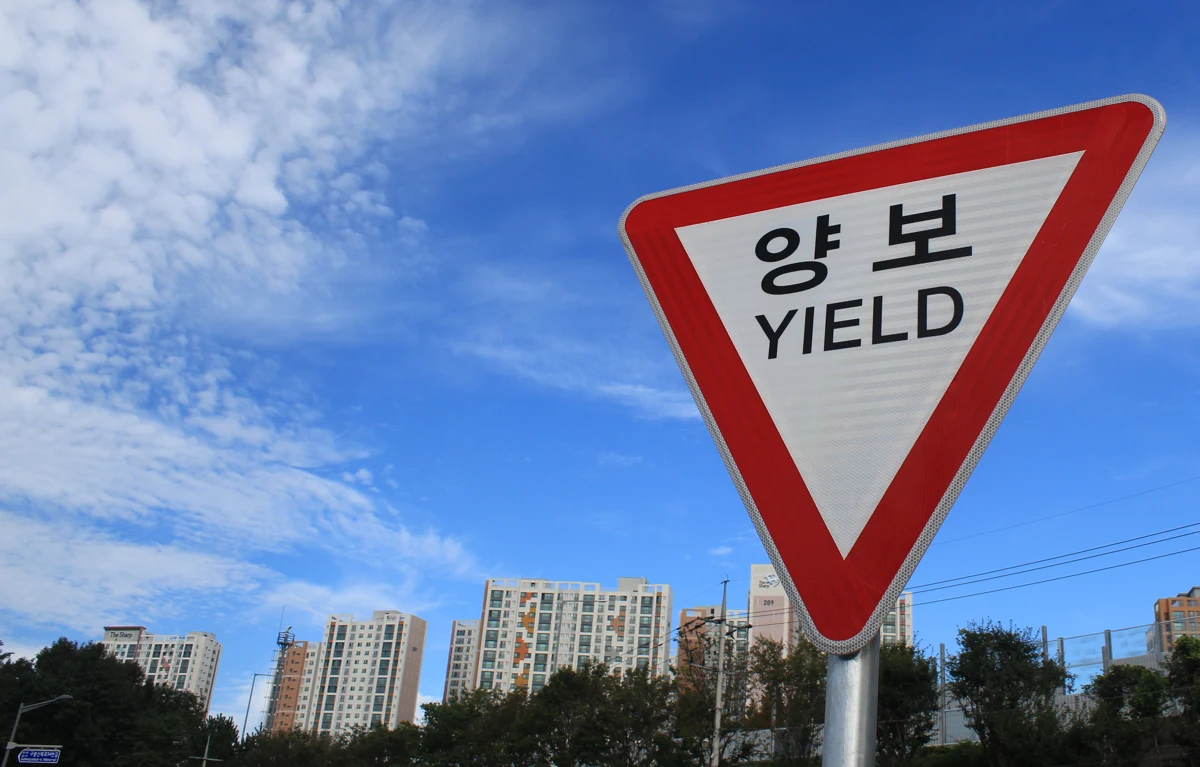Understanding bond yields

Yield sign photo in Daejeon, South Korea by Drew Bae on Unsplash.
Marketplace is one of my favorite podcasts. Each episode, the host (usually Kai Ryssdal) says something like "The yield on the 10 year T-Note has fallen to 3.48 percent," and I never understood quite what that meant. Bonds, after all, have a fixed rate. Isn't that the yield?
Well yes, but also no. Give me a moment, and I'll explain. First, though, let's review what a bond is.
What is a bond?
A bond is a financial product that represents a loan made by an investor to a borrower. Governments and companies issue bonds to raise capital for business expansion or infrastructure projects. It's how big entities pay for things.
When you purchase a bond, you are lending money to the issuer for a fixed period of time. In return, the issuer promises to pay you interest at a specified rate — the coupon rate — over the life of the bond. At the end of the fixed period, when the bond reaches maturity, the borrower repays its par value. The par value is the face value or principal amount of the bond.
When a government wants to raise money, say to build a new school, they can issue bonds and sell them on the primary market. Your brokerage service will typically call these new issues. When you purchase new issue bonds, you're buying them directly from the issuer.
Once an investor buys a new issue bond, they can resell them on the secondary market. On the secondary market, an investor may pay a price that's higher or lower than the bond's par value. How much you pay for a bond determines its yield.
Bond yields
To calculate the annual yield of a bond, divide the bond's coupon payment by its purchase price.
Say you have three bonds from BondCorp with a par value of $1,000 and a 5.6% coupon rate. Every year, you'll receive $56 in coupon payments for each bond (a total of $168) until they reach maturity or you sell to another party.
Six months later, you sell one bond to Janet on the secondary market for $1,100. Janet will receive $56 in payments every year, but her yield for that bond is now 5.09 percent. First divide 56 by 1100. That gives you 0.0509. Then multiply by 100 to find the percentage.
After two years, you sell a second bond to Miranda for $980. Miranda still only receives $56 in payments every year. However, her yield for that bond is 5.71 percent: (56 ÷ 980) × 100 = 5.71.
So that's the first thing to know about bond yields: when a bond's price decreases, its yield increases. When its price increases, its yield goes down.
Bond pricing
For new issue bonds, the bond price is the face value, and the yield is the same as the coupon rate. On the secondary market, however, the price of a bond fluctuates.
Bond prices change in response to benchmark interest rate changes. They change when the issuer's credit rating changes. Bond prices may also change when the stock market is doing well, as investors sell bonds to reinvest in equities (stocks). As a bond approaches maturity, its price also tends to move towards its par value.
When the prevailing interest rate rises, new issue bonds need to offer higher coupon rates to attract investors. As a result, your remaining BondCorp bond is less desirable. Why would an investor buy a bond that pays $56 a year if they can buy a bond that pays $61 per year (a 6.1% coupon)?
But back to your and your last BondCorp bond. If you sell it when rates are 6.1%, you'll probably sell at a loss. At prevaling rates of 6.1 percent, your BondCorp bond would trade closer to $918 instead of its par value (that's because [56 ÷ 910] × 100 = 6.1 percent).
When interest rates fall, on the other hand, existing bonds can fetch higher prices. If the prevailing coupon rate falls to 5.4 percent, your BondCorp bond at 5.6 percent could fetch as much as $1,040 on the secondary market.
As you plan for future income and savings goals, knowing bond yields helps you ensure that you're allocating money appropriately and meeting your target returns.